Shaping analytics
Everyone has a metaphor for data analytics that’s supposed to explain and clarify it, but they really don’t and mostly fall short. Its essence is simply turning raw, unhelpful information into useful guidance, efficiencies and value.
Many software packages and digitalized solutions promise to help, with a boost from apparently countless artificial intelligence (AI) tchotchkes. These are just the latest time-savings steps for moving process analytics away from clipboards, manual data entry and archiving, through paper charts recorders. Data acquisition (DAQ) hardware and spreadsheets, and onward to today’s computers, software-based historians, and Internet- and Ethernet-enabled, cloud-computing services.
However, just as the most precise instruments and controls can’t make up for badly installed or broken sensors, uncalibrated instruments, out-of-tune signals and other blurry inputs, data analytics can’t be effective if users don’t pick and apply appropriate tools guided by specific problems they want to solve or a practical goal they want to achieve.
- Tying together analytics locations, formats and functions: Hargrove Controls & Automation shows how users’ needs should determine analytics types and deployment.
- Iron foundry and system integrator make analytics more affordable: Ferroloy and Artek Integrated Solutions linked their MySQL database with Ignition SCADA software to quickly identify trends and shift reports.
- Hardware underpins digitalized data processing: Varland Plating’s plant developed homegrown historian software, visualizes and contextualizes data, and performs customized data collection.
- Manage motors with models: Rotary equipment monitoring at 10 refining and other facilities at Reliance Industries in India evaluated and modeled 1,095 rotating assets, and found 406 faults.
- AI piles on new capabilities: Nestlé plant in Iowa uses Aveva’s Connect, historian and advanced analytics services to make fluffier, powdered-chocolate products.
- Prep to paint the analytics room: Analytics starts with identifying problems, goals, information sources and formats before insights can be produced.
- Causal and effective analytics: Control Station demonstrates how its PlantESP software can help simplify, prioritize, and make sense of big data volumes.
- Putting data in a good place: Yokogawa shows how to organize today’s flatter-model, time-series data sources, and find anomalies for improved decisions.

